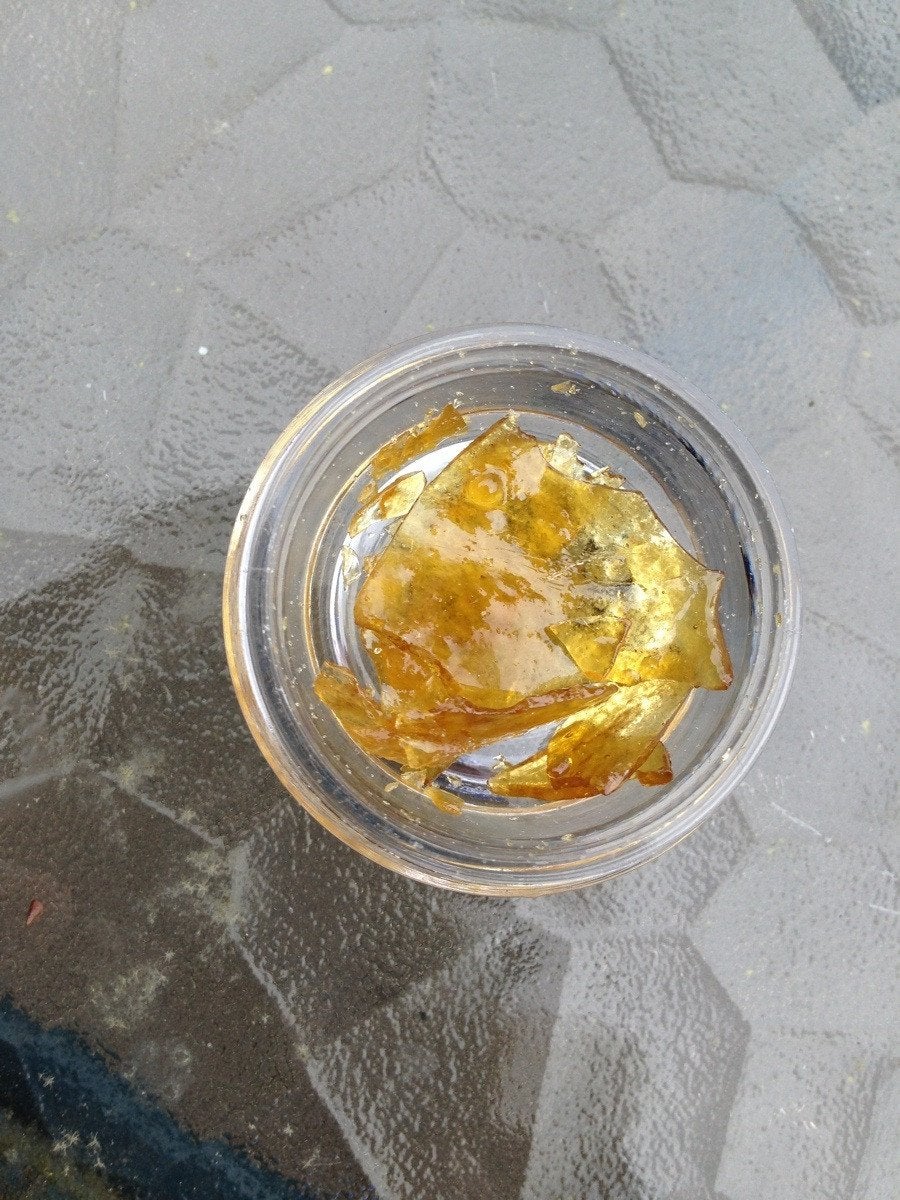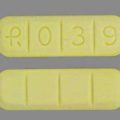
A dab drug or dab wax is a powerful, high potency cannabis concentrate or derivative of marijuana. One of the most potent types, “Shatter,” gets its name from its brown, hard toffee-like appearance. Shatter is like a thin sheet of fragile glass that can be easily shattered into pieces.
Probably the most important thing to know about Shatter or other cannabis concentrates is that they can contain 50% to 90% of Tetrahydrocannabinol (THC), which is the active component in marijuana that gets users high. When compared to the typical 5% to 25% of THC concentration in regular marijuana flower or buds, it’s easy to imagine just how strong a dab drug is for the user. People are turning to dabbing for it’s powerful pain relief and euphoric high. Studies have also shown that this new method for administering cannabinoids, is gaining popularity among marijuana users.
Hash oil or dab drug typically has the same legal status as marijuana. In states where marijuana is legal, hash oil is legal. In states where medical marijuana is legal, hash oil for medicinal purposes is also legal. The production of butane hash oil (BHO) is typically illegal, even in states where marijuana is legal. However, not all states have laws specific to the production of BHO. To verify the legal status of hash oil in the state where you live, check this National Conference of State Legislatures map.
What is dabbing withdrawal?
When someone uses dab drugs on a repeated basis, their brain adjusts to the presence of this substance. They become physiologically dependent on their substance of choice and utterly reliant on it to function and feel “normal.” In people who develop significant levels of dependence, withdrawal from dab is often an inevitable response to the sudden absence of a drug’s declining concentration. Withdrawal symptoms may develop when a substance-dependent person quits a substance “cold turkey” or substantially reduces how much they are using.
During withdrawal, the body is attempting to reach a new state of homeostasis as it dispels the user’s drug of choice. This can result in large fluctuations in brain chemicals and may accompany significant mental and physical health repercussions.
Dabbing withdrawal symptoms
Once the brain and body have adjusted to not having THC, the physical withdrawal symptoms will stop. People may still experience psychological cravings for dab drug for some time, however. Over the years, based on samples of confiscated marijuana, potency has steadily increased. The THC content has risen from around 3.8 percent in the 1990s to 12.2 percent in 2014.
Dabbing withdrawal symptoms may include a combination of physical, mental, and emotional symptoms some of which can prove dangerous if left unmanaged. The symptoms of dab withdrawal include;
- Irritability
- Anxiety
- Depression
- Restlessness
- Insomnia
- Fatigue
- Changes in appetite
- Fever
- Sweating or chills
- Headache
- Abdominal pain
- Shakiness
Some research suggests that women may experience a greater number withdrawal symptoms of higher intensity when compared with men. However, more research is needed.
How Long Does Dabbing Withdrawal Last?
The precise duration of withdrawal is influenced by many factors as well as the magnitude of dependence on the substance. It may take days, weeks, and – in some cases – months to reach complete resolution of all withdrawal symptoms, depending on various factors and individual differences.
It can take a month for the brain to return to normal function after quitting dab drug. The mood difficulties and physical discomforts of withdrawal peak in the first week of quitting and can last up to 2 weeks. Though the physical effects of dab drug withdrawal will stop after the drug has left a person’s system, the psychological symptoms can last longer.
Research states that brain receptors called cannabinoid 1 receptors start to return to normal after 2 days without marijuana, and they regain normal functioning within 4 weeks of stopping the drug. People may feel cravings for dab drug after they have stopped using it, especially in contexts and settings where they are used to using marijuana.
Where to look for help
Each year in the U.S., over 300,000 people enter treatment for marijuana related use disorders. There are many places that people can go for support, to get help with stopping using marijuana, and to cope with withdrawal symptoms.
People in the U.S. can call the Substance Abuse and Mental Health Services Administrations national helpline on 1-800-662-HELP (4357). They offer a free, confidential 24/7 helpline for people facing mental health or substance abuse problems.
People can also speak to their doctor or a local health clinic about marijuana withdrawal. Specialists can recommend local resources, including detoxification centers and support groups, that people can use. According to some sources, the average adult who seeks treatment for marijuana use disorder has used marijuana nearly daily for the past 10 years and has tried to quit at least six times.
Treating dab drug withdrawal
The type of treatment may depend on whether or not the person has any comorbid disorders, such as psychiatric problems or addiction to other substances.
Some current treatment options include:
- Rehabilitation or detoxification centers. Though many people will not need to use an inpatient rehabilitation service, people with severe marijuana use disorder, poor social functioning, or comorbid psychiatric disorders can benefit from these services.
- Outpatient therapy. Outpatient rehabilitation programs involve working with a psychotherapist or other mental health provider and attending sessions on a consistent basis.
- Support groups. A person may be able to find local or online support groups to connect with others with marijuana use disorder.
Tips for quitting dab drug use
Withdrawal symptoms are different for everyone. They also vary in severity based on the length of time a person has used dab drug. While withdrawal symptoms can be uncomfortable, it can also be life-threatening.
For a person who uses dab drug daily, slowly reducing use might make quitting easier. If a person only occasionally uses marijuana, they might be able to stop altogether.
If a person is ready to quit, they should make sure to take care of their body during the peak withdrawal period within the first week. Try to ease the symptoms of dab drug withdrawal using the following methods:
- Eat a healthful diet that contains plenty of fruits and vegetables. Sugar and junk food can make a person feel worse.
- Drink plenty of water to stay hydrated. Caffeinated beverages might make symptoms worse.
- Get plenty of sleep to allow the body to rest.
- Try to get some exercise each day to stay active.
- Get support from family and friends for motivation and accountability.
Though specialists currently consider them to be off-label uses, the National Institute on Drug Abuse say that certain medications may help with the symptoms of marijuana withdrawal. Such medications include those that people use for sleep disorders or anxiety.
According to the CDC, research has linked marijuana use with numerous negative health consequences. These include memory problems, an increased risk of stroke and heart disease, lung problems from marijuana smoke, and mental health symptoms such as those related to anxiety and paranoia.
The National Institute on Drug Abuse state that there is substantial evidence in both animal and human studies that marijuana exposure early in life can result in cognitive impairments such as problems with memory, learning, and altered reward systems in the brain.




